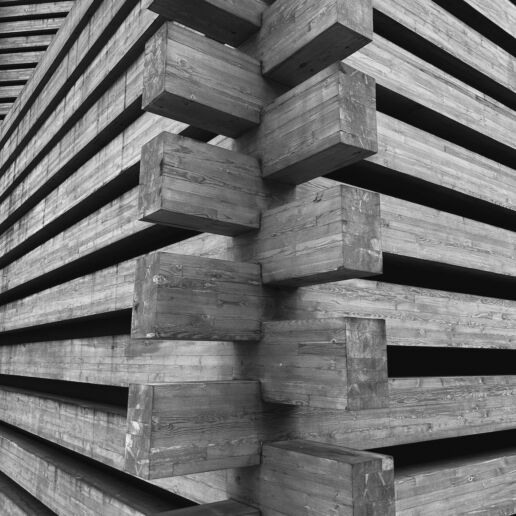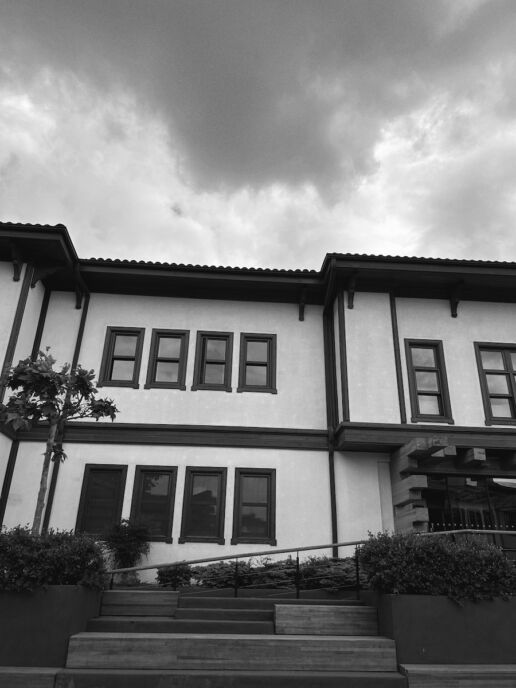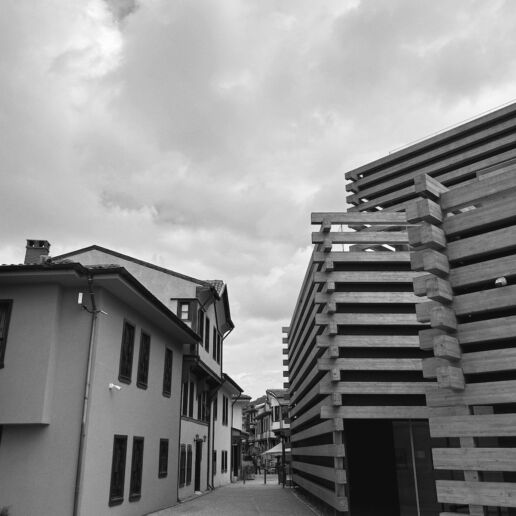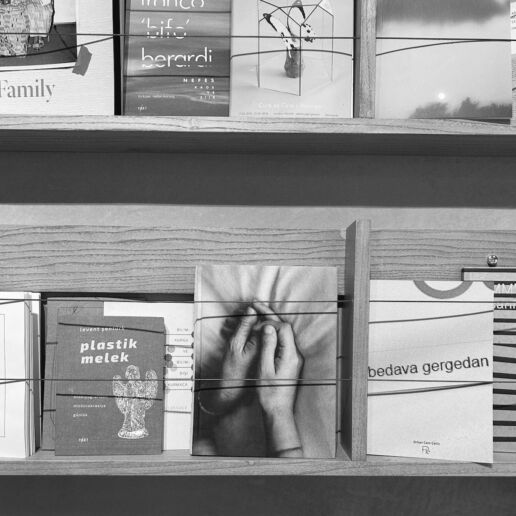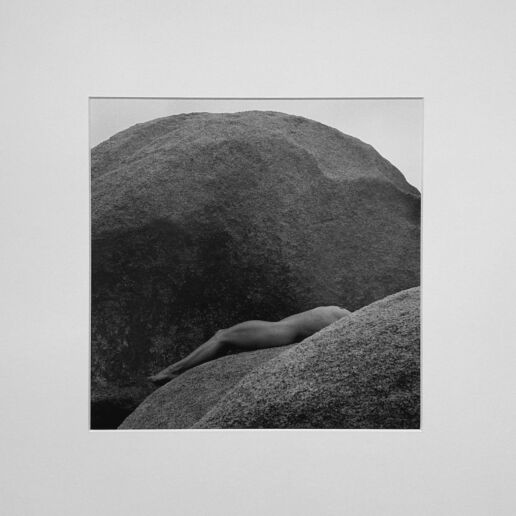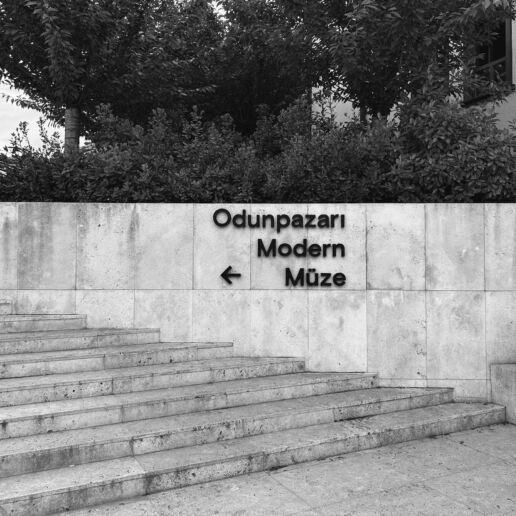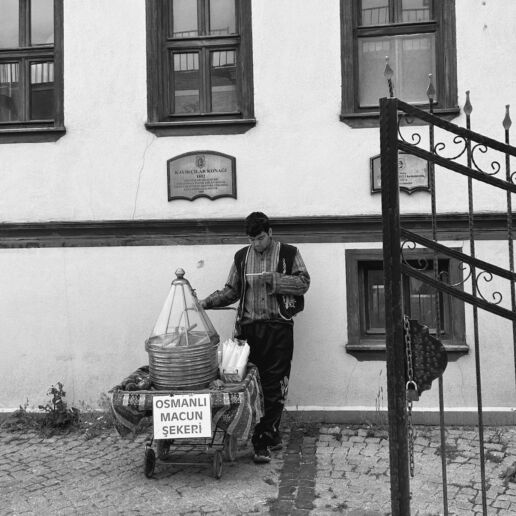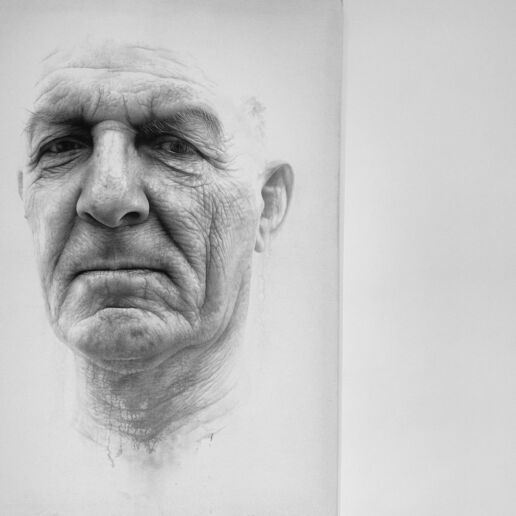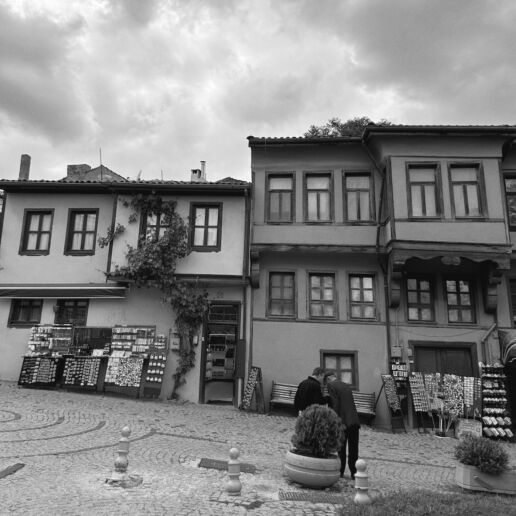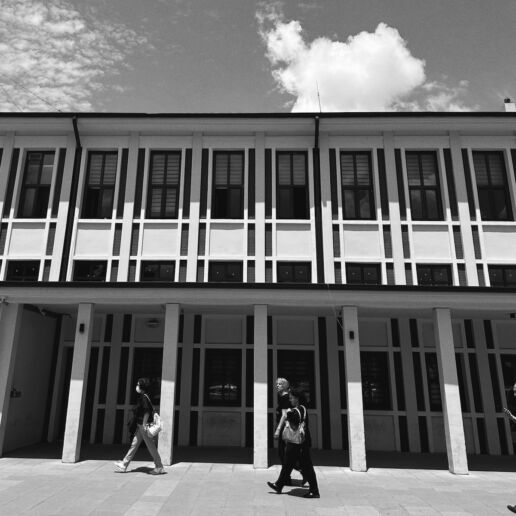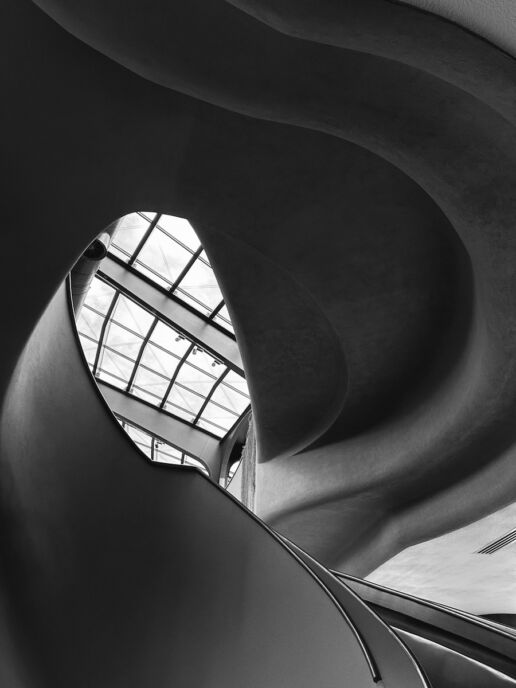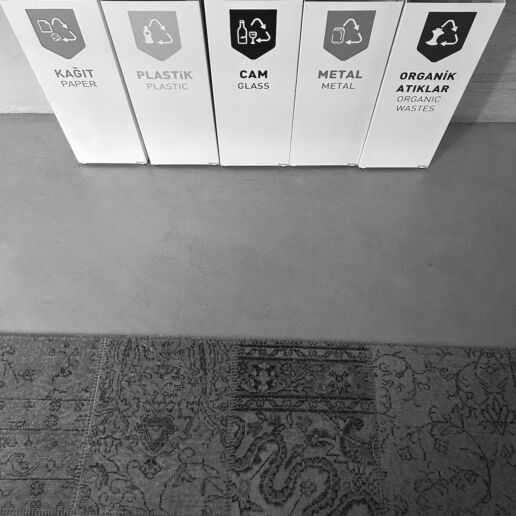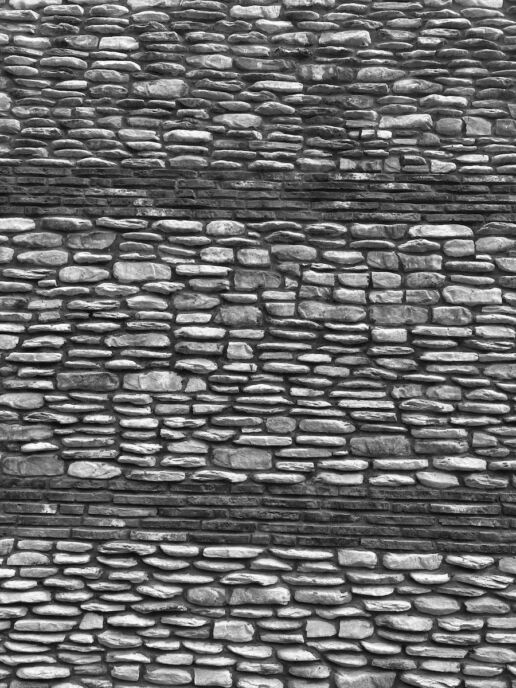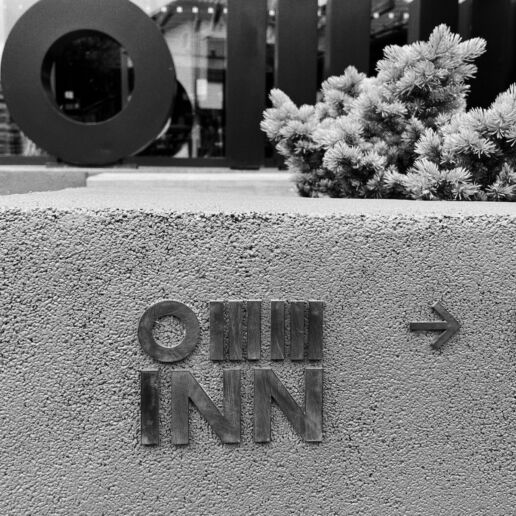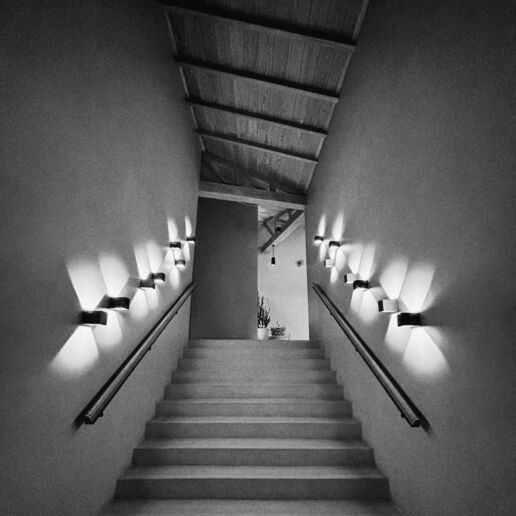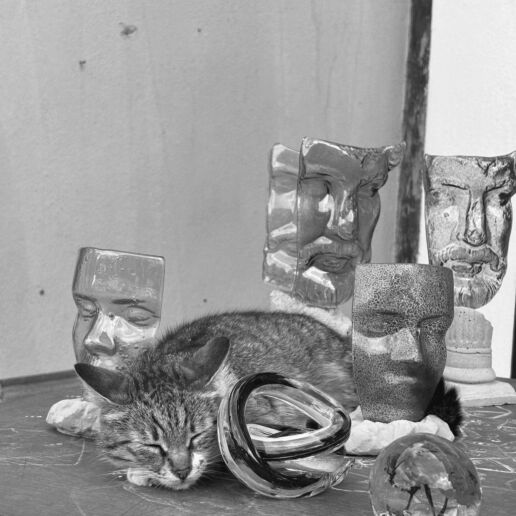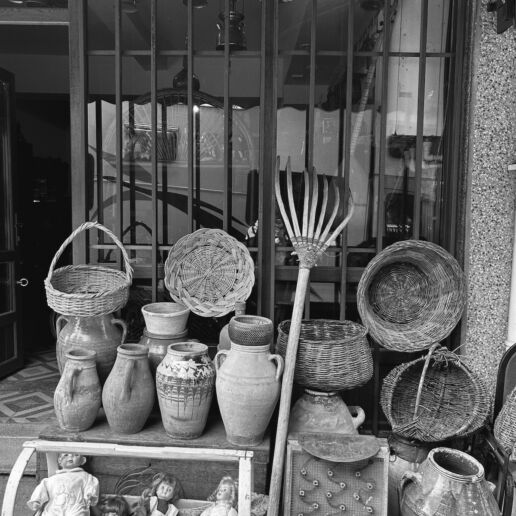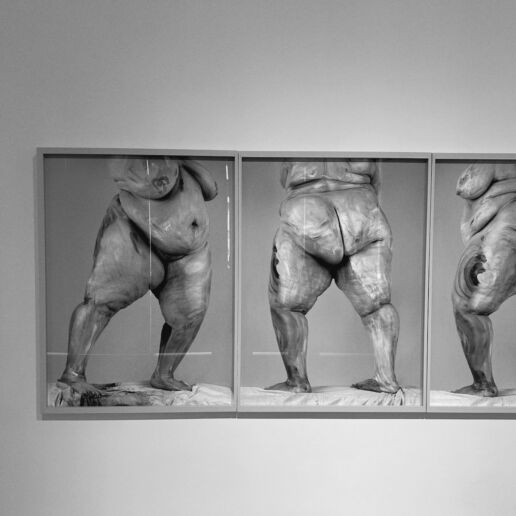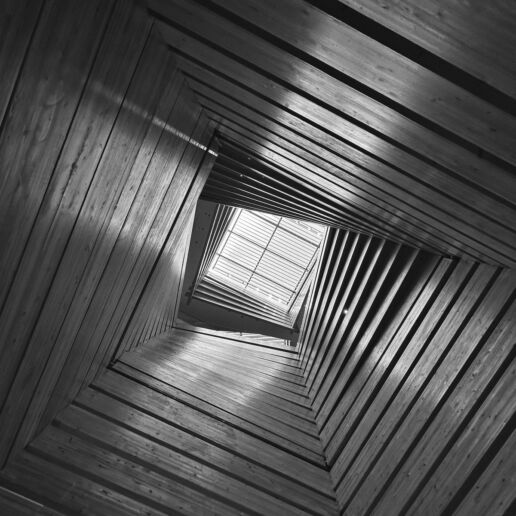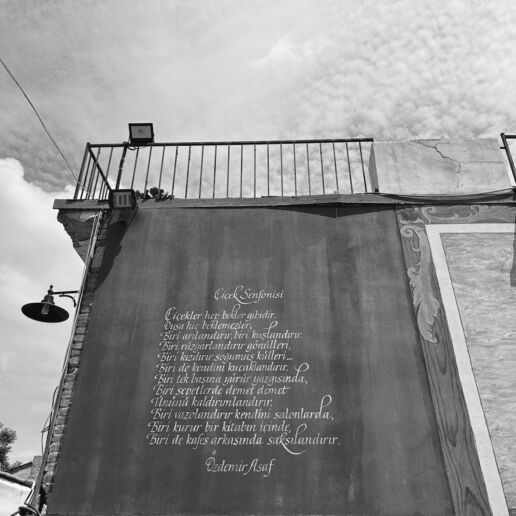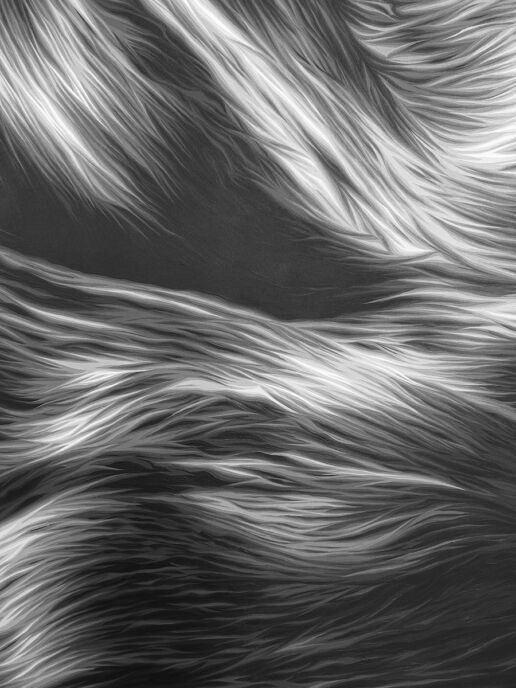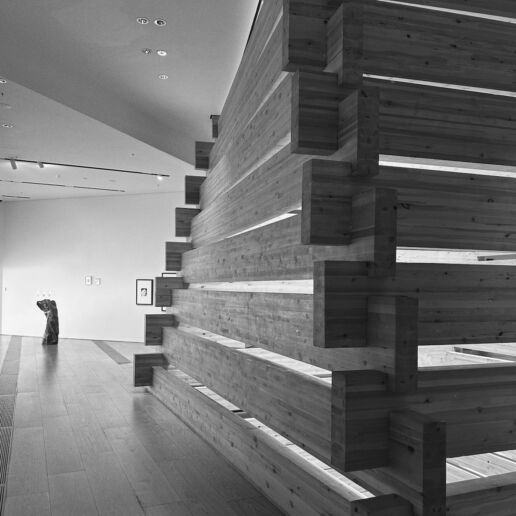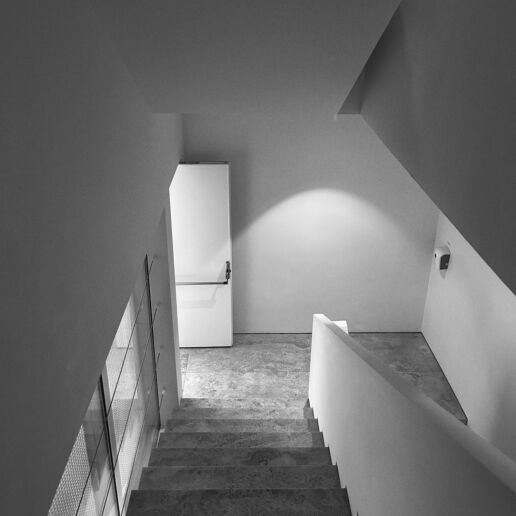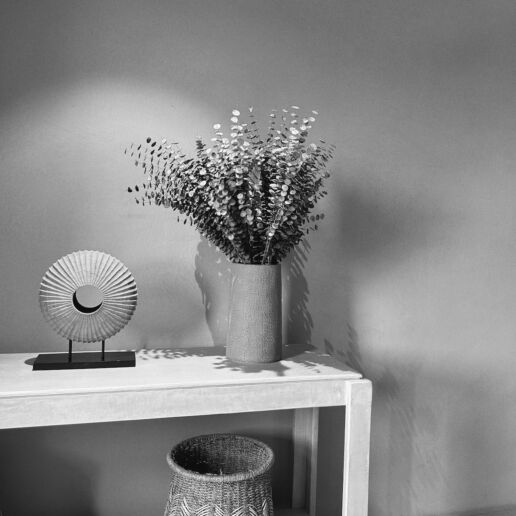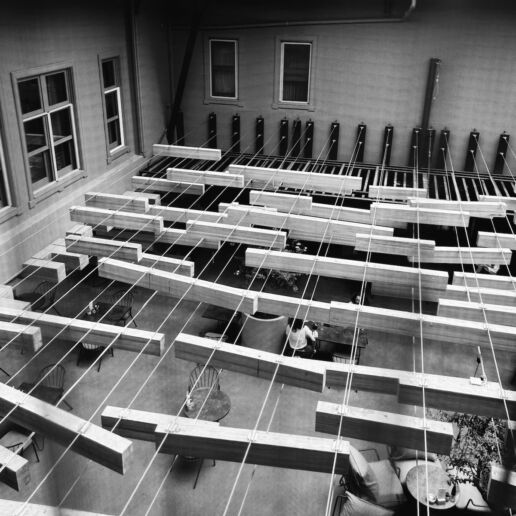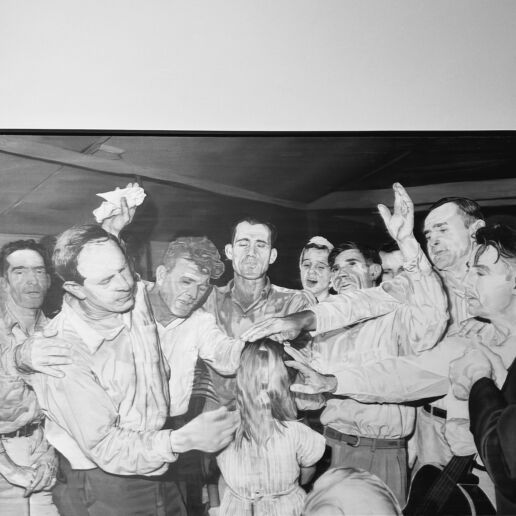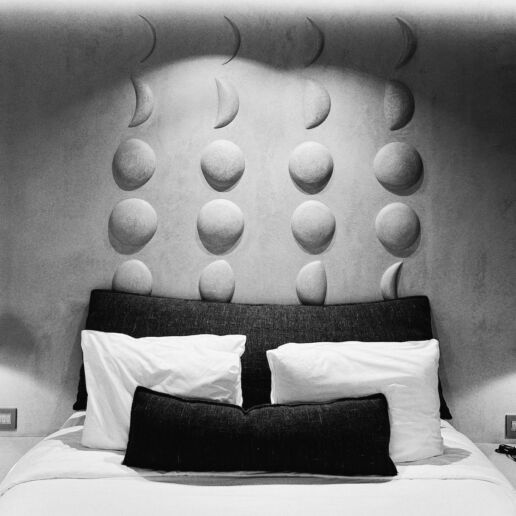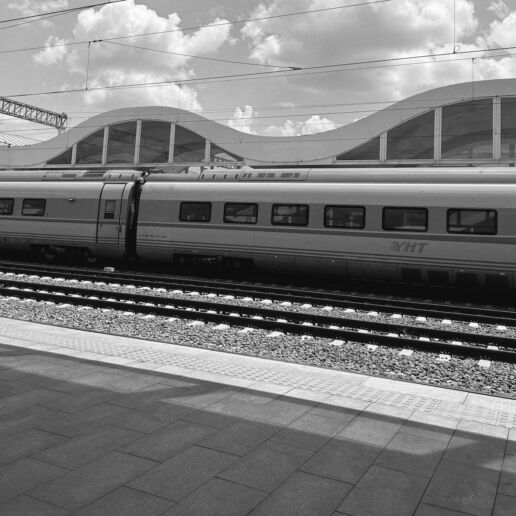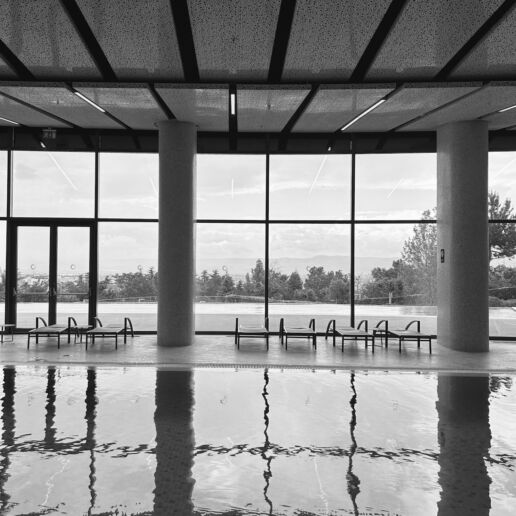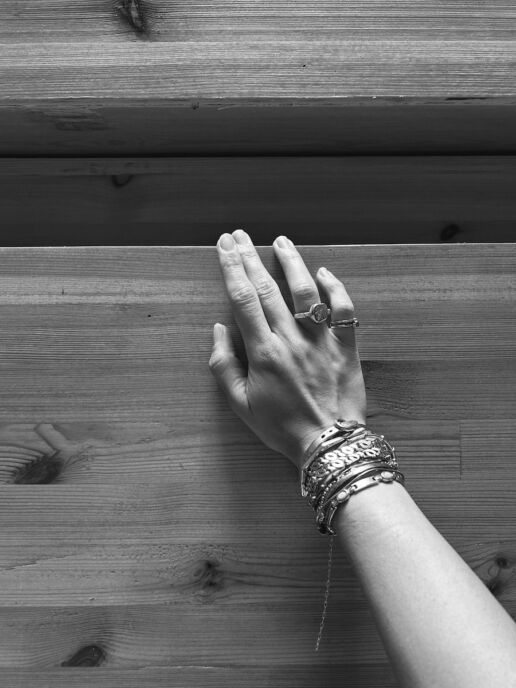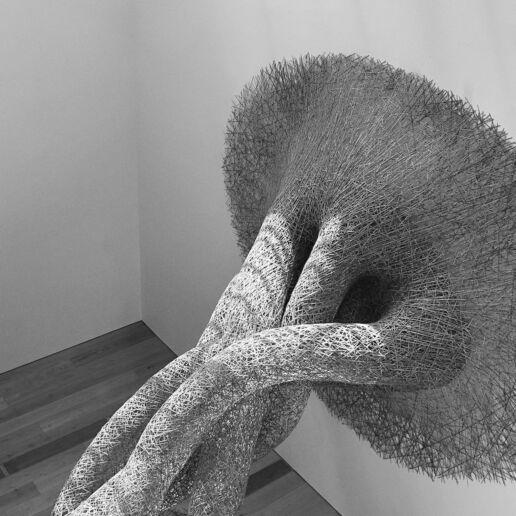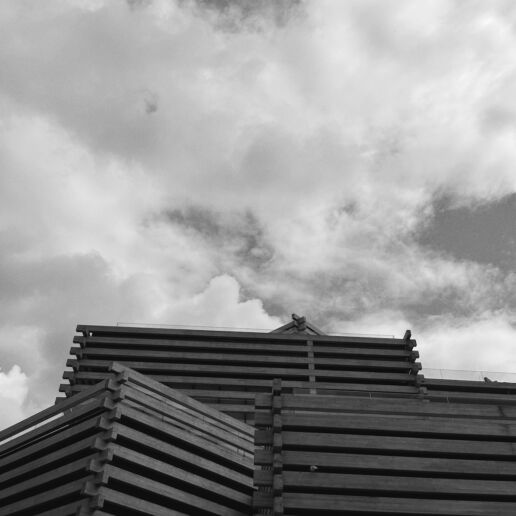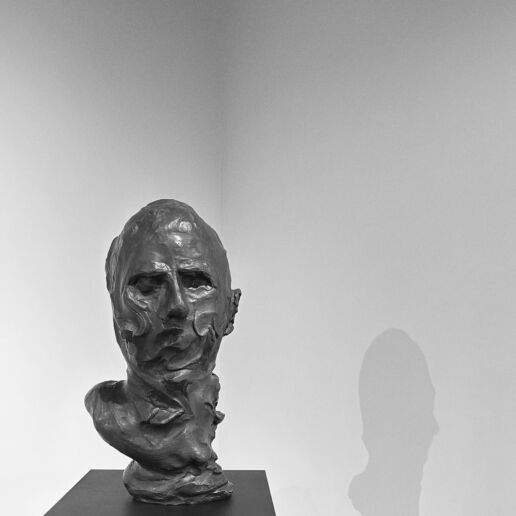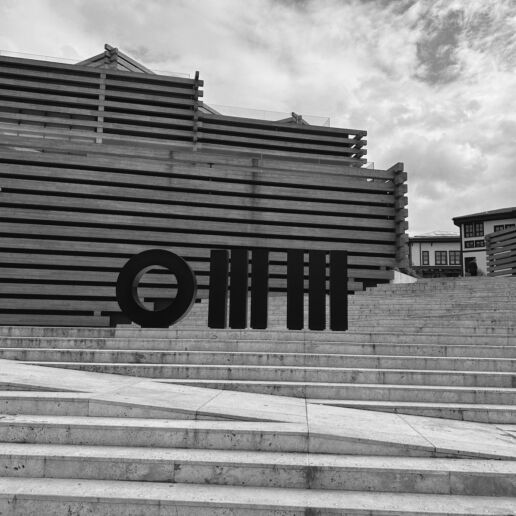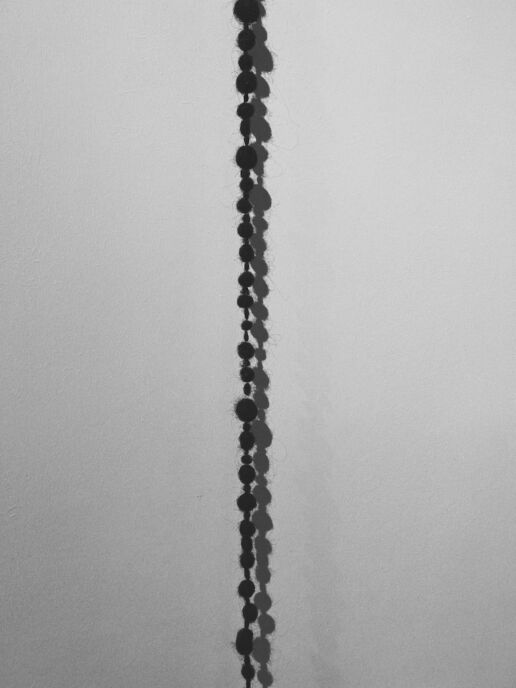ESKİŞEHİR – OMM
A soul-soothing short break that promises dazzling details.
I don’t remember the last time when escaping the big city was this fun and easy. I preferred the comforts of a three-hour high-speed train journey to get to Eskişehir to see ‘Grief and Pleasure’, the latest exhibition of the Odunpazarı Modern Museum. I was here four years ago for the opening of the museum and I seem to recall every detail.
Standing with dignity in the historical Odunpazarı neighbourhood of Eskişehir, OMM was designed by Kengo Kuma & Associates, one of the most famous architectural offices in the world. I took a long look at the wood-clad exterior of the building before exploring the museum, which features exhibition areas, event spaces, a cafe, and a museum shop spread over an area of 4,500 m².
The application of the huge exterior panels sourced from sustainable industrial forests is a reference to the wooden carcasses of the historical houses in the Odunpazarı neighbourhood. These details continue to impress the guests inside the museum as well.
‘Grief and Pleasure’ is an impressive and cleverly curated exhibition that features work by 38 artists and will be open to visitors until 30 July. Walking between floors, exposed to emotions such as happiness, sadness, anger, fear, surprise, disgust, contempt, and shame about being human, you will find yourself re-questioning your body and what you feel when looking at different works of art.
Located right next to the museum complex is OMM INN. This completely sustainable business that serves vegan cuisine makes you forget the chaotic energy of Istanbul.
The pace of time here is slower than what we have gotten used to.
The historic two-story houses, the cats that have inhabited the streets, the quaint antique shops that pop up from every corner, and the patinated walls of the Odunpazarı neighbourhood make it easy to wind down and wander around.
“Architecture forms a vital link between people and their surroundings. It acts as a gentle buffer between the fragility of human existence and the vast world outside. How different people choose to build connections in their environment essentially defines those societies and their relationships to conditions around them.” —Kengo Kuma


